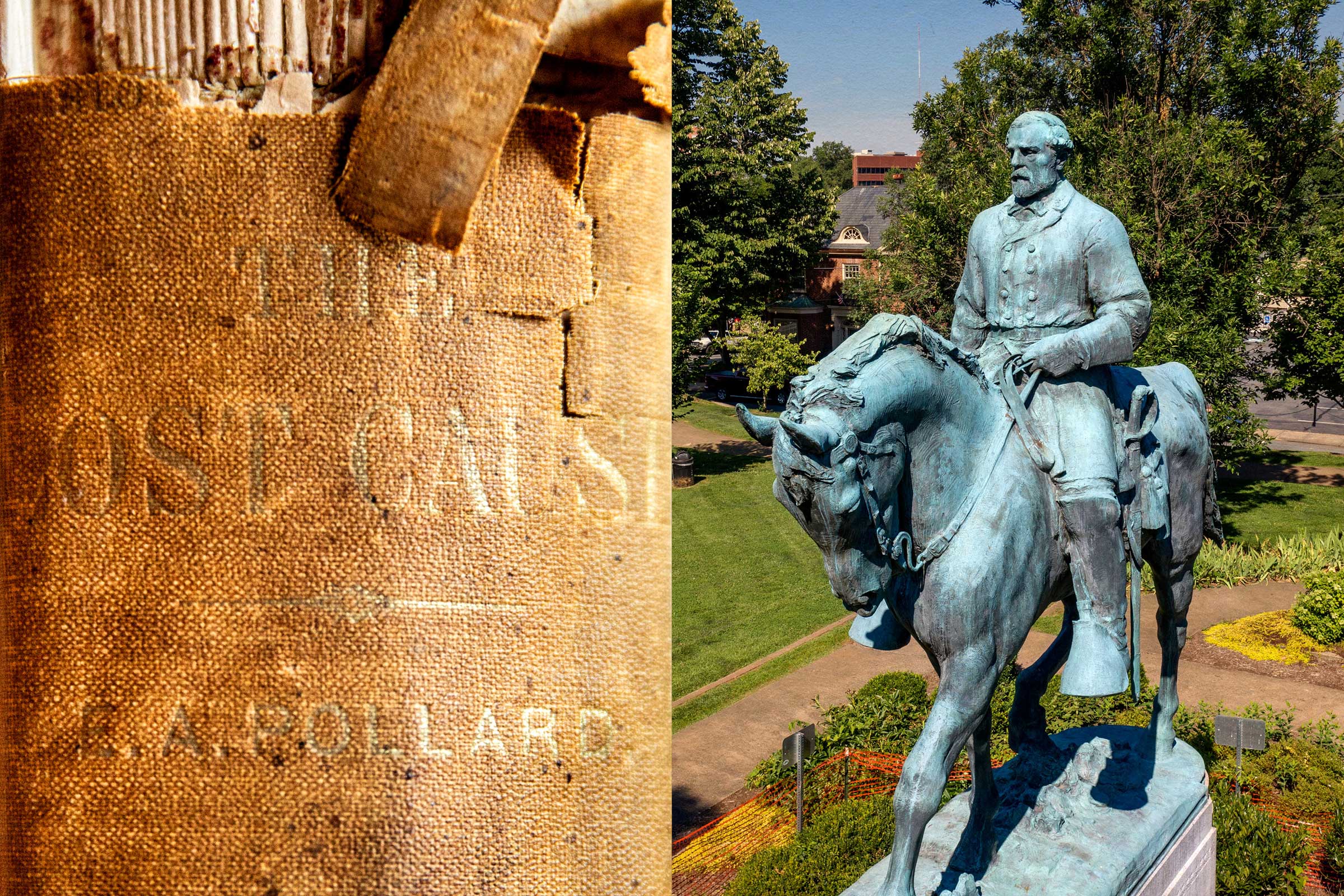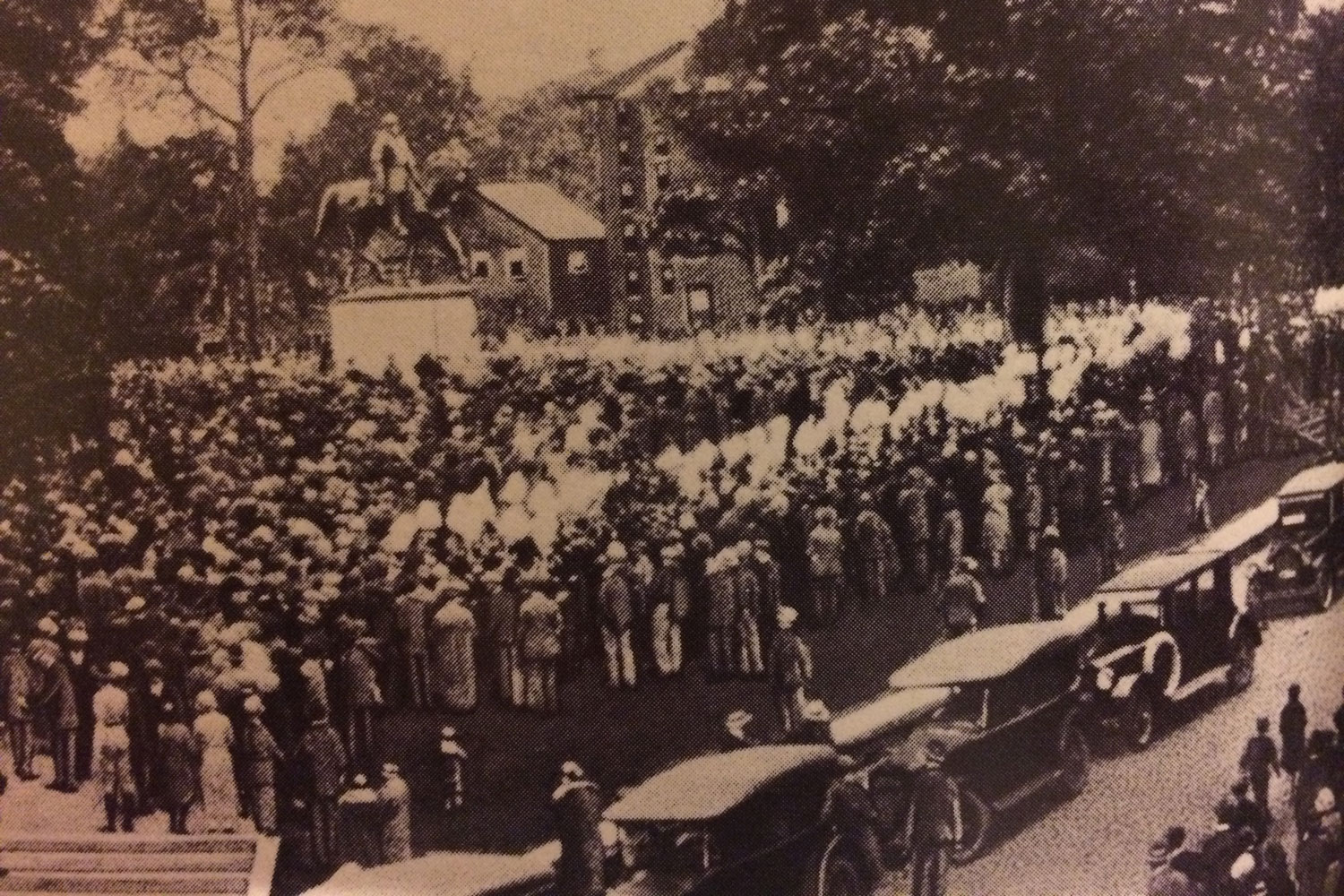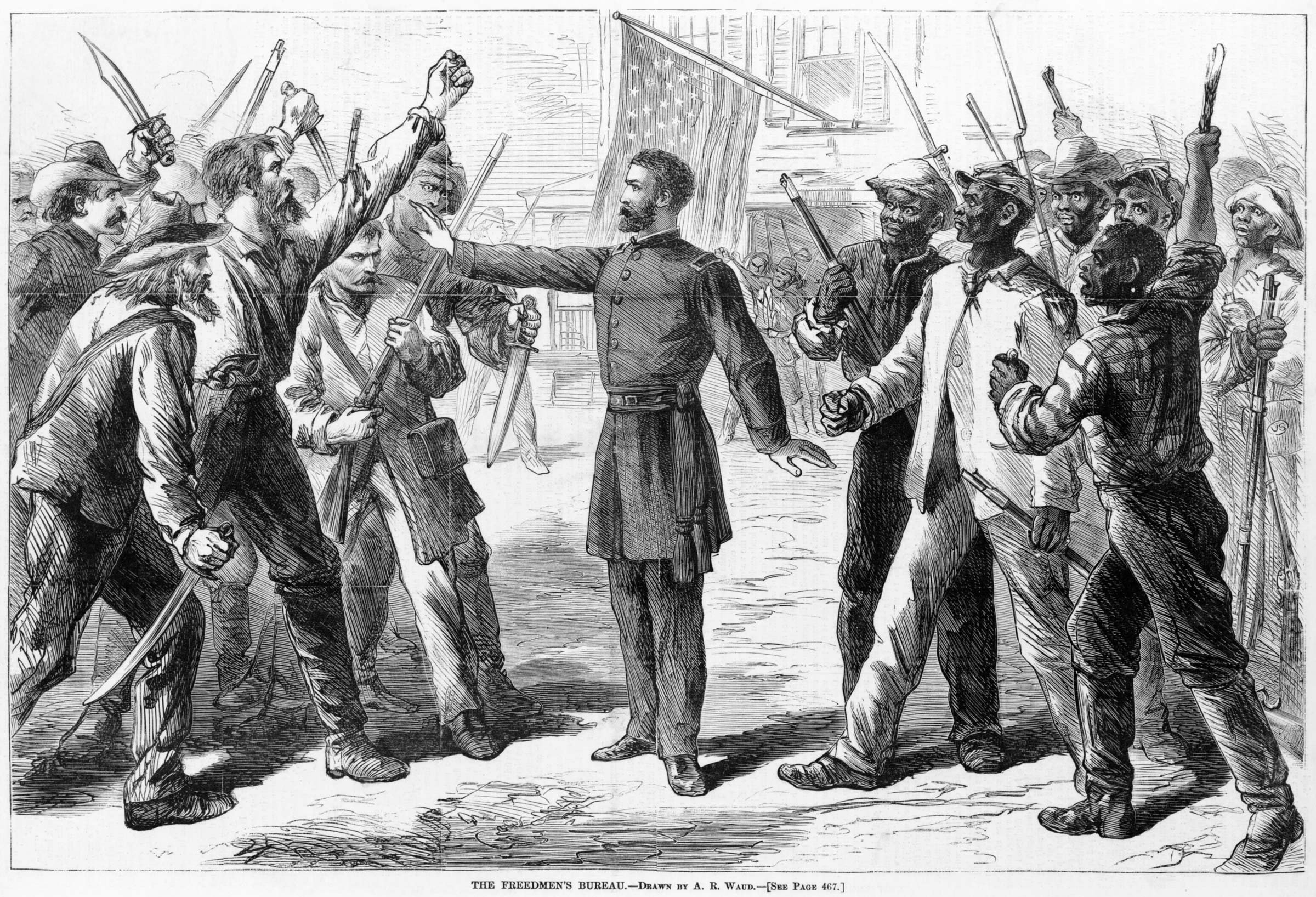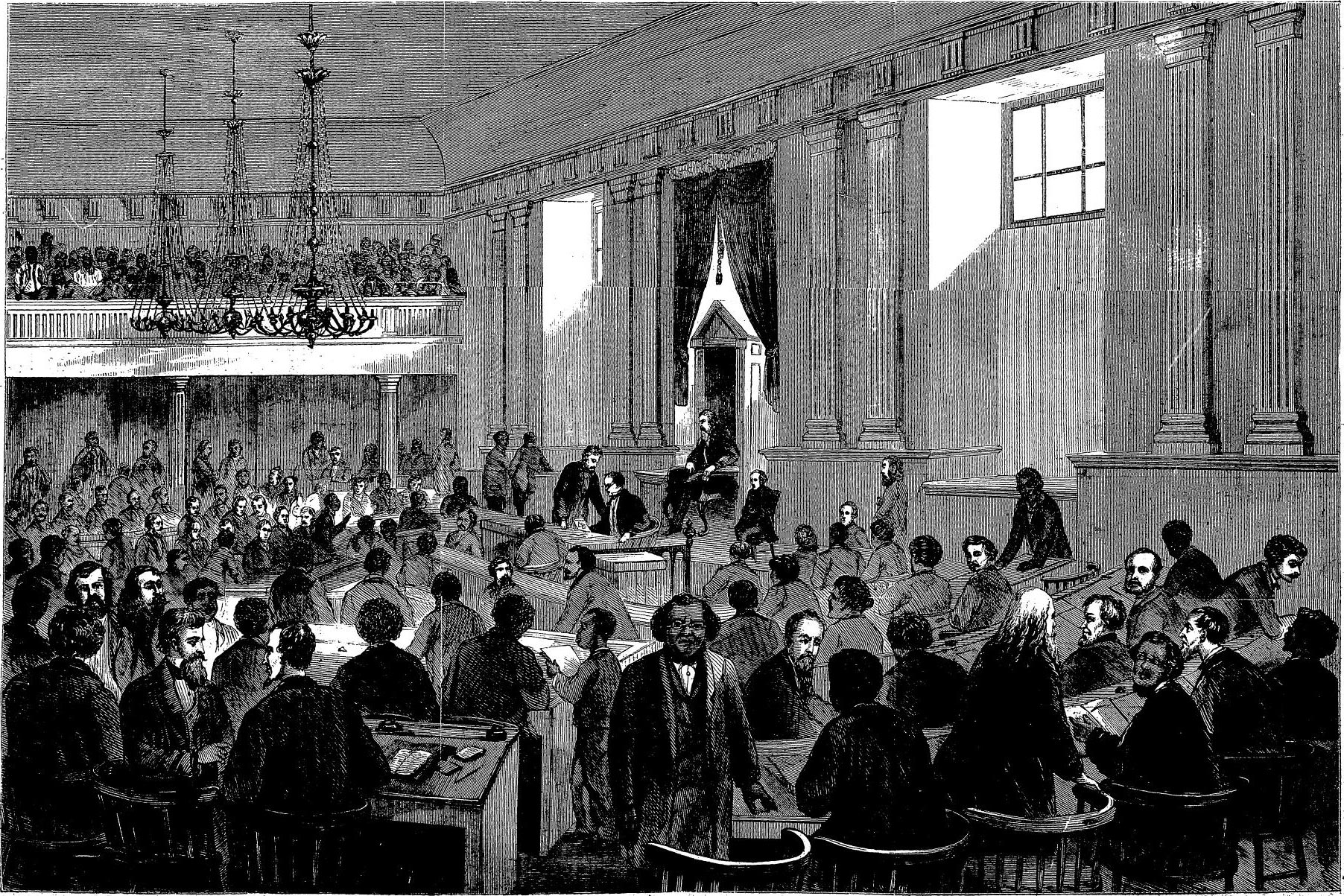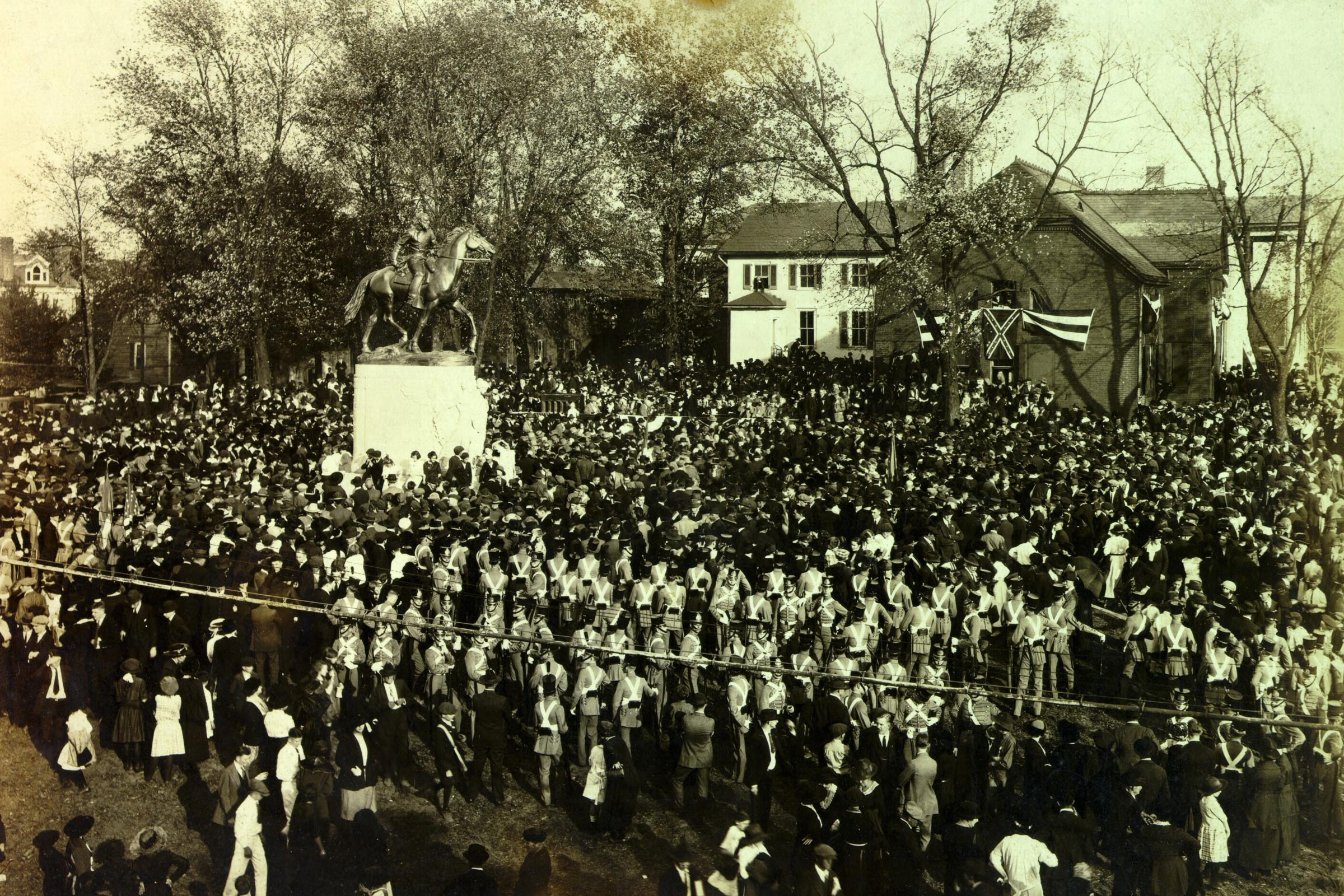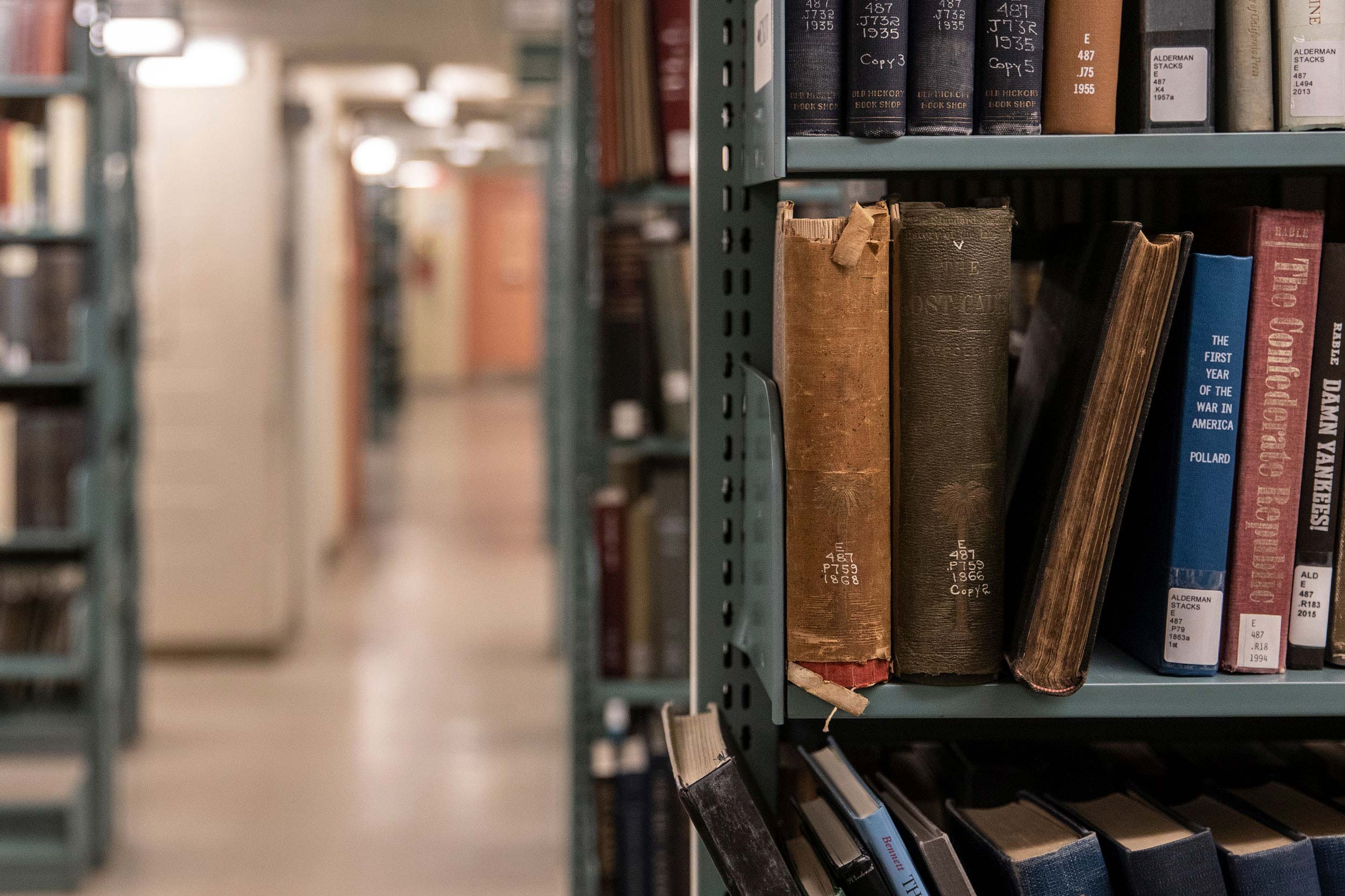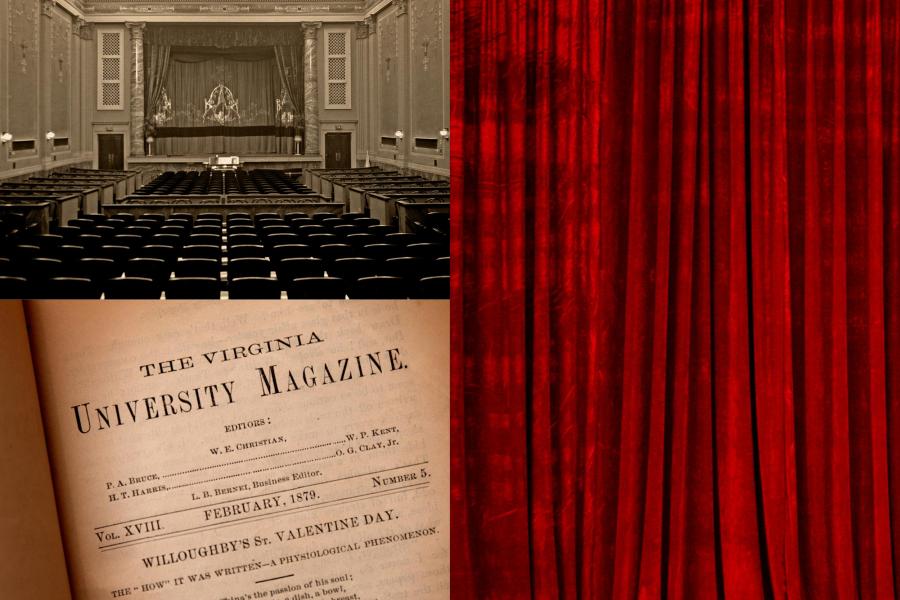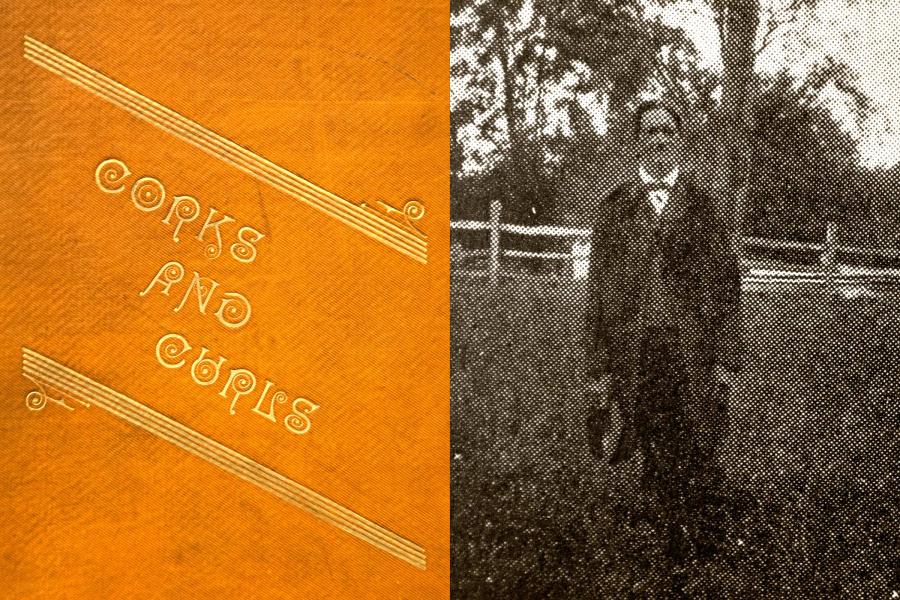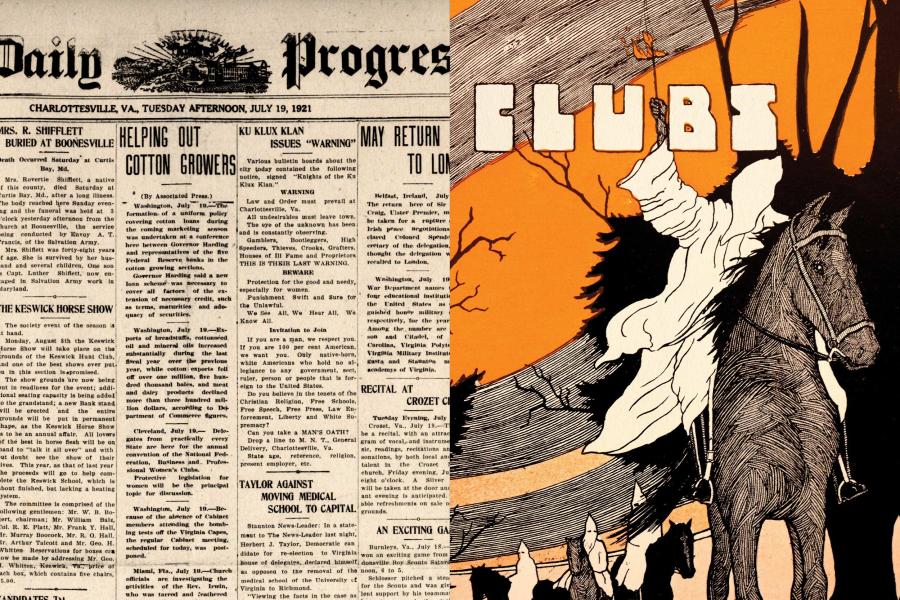__________________________
Notes
1. “Death of Editor-in-Chief: Judge R.T.W. Duke, Jr.,” Virginia Law Register (April 1926), pp. 757-60; Michael Peter Charles Smith, “Richard Thomas Walker Duke (1853-1926),” Dictionary of Virginia Biography, http://www.lva.virginia.gov/public/dvb/bio.asp?b=Duke_Richard_Thomas_Walker_1853-1926.
2. R.T.W. Duke, Jr. “Recollections,” Volume 1, Duke Family Papers, Small Special Collections, UVA, pp. 17-26.
3. Duke Recollections, Volume 1, pp. 216-17; Volume 2, pp. 34-35.
4. Duke Recollections, Volume 2, pp. 46-51.
5. Duke Recollections, Volume 4, pp. 73-78.
6. Duke Recollections, Volume 4, pp. 136-37; Richmond Times Dispatch, May 10, 1908, Oct. 27, 1909, May 27, 1920.
7. Charlottesville Daily Progress, Oct. 19, 1921; Staunton News Leader, Sept. 22, 1921; “The Jackson Monument at Charlottesville, Va.,” Confederate Veteran (February 1922), p. 44.
8. John S. Patton, ed., Proceedings of the 37th Annual Reunion of the Virginia Division of the Grand Camp U.C.V. (1924), pp. 1-6, 13-15, 20-21, 39-41; Brendan Wolfe, “History Writ Aright,” http://brendanwolfe.com/lee-monument/; Charlottesville Daily Progress, May 19, 20, 21, 1924.
9. Caroline E. Janney, “The Lost Cause,” https://www.encyclopediavirginia.org/Lost_Cause_The; on Duke’s alumni activities, see the University of Virginia Alumni Bulletin.
10. Proceedings of the Thirty-Fourth Annual Meeting of the Grand Camp Confederate Veterans Department of Virginia (1922); Staunton New Leader, Sept. 22, 1921; “The Stonewall Jackson Monument” University of Virginia Alumni News (Sept. 1921), p. 327; Charlottesville Daily Progress, Oct. 19, 1921.
11. Patton, ed., Proceedings of the 37th Annual Reunion; Charlottesville Daily Progress, May 21, 1924; University of Virginia Alumni News (May 1924), pp. 222-24.
12. W. Fitzhugh Brundage, The Southern Past: A Clash of Race and Memory (2005), pp. 6-10. On African-American soldiers from Charlottesville, see for example http://naucenter.as.virginia.edu/blog-page/401.
